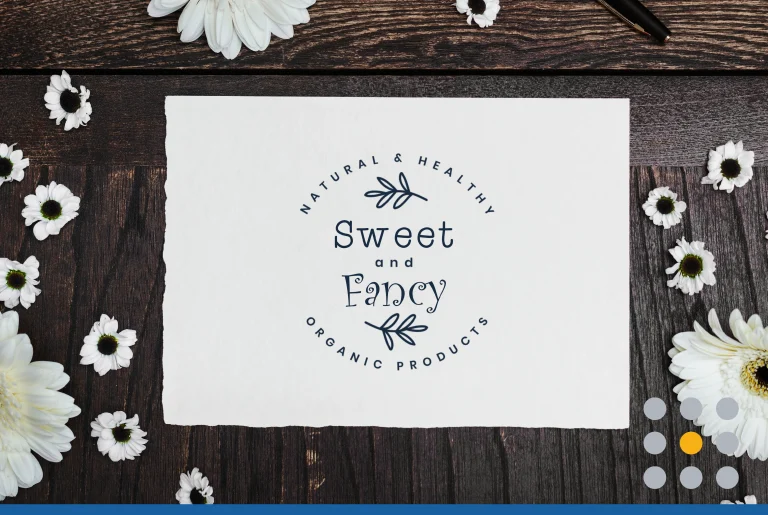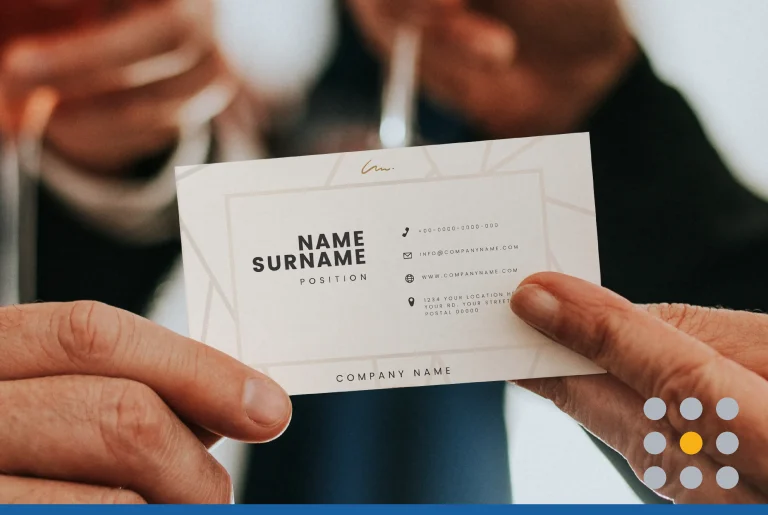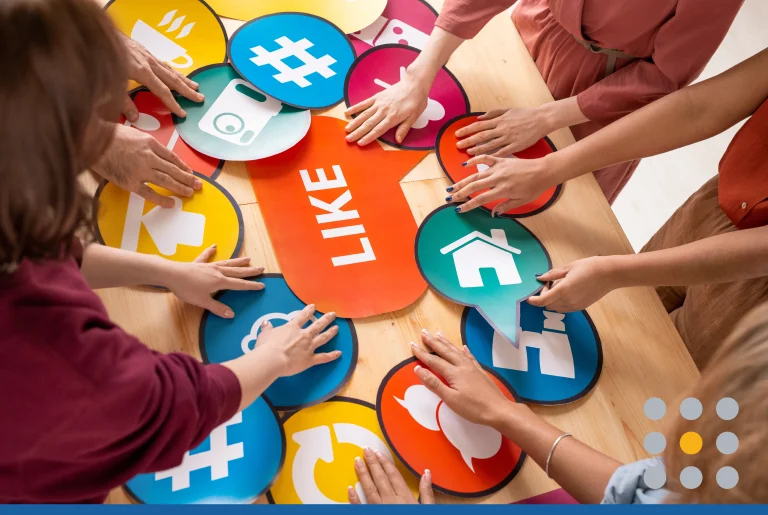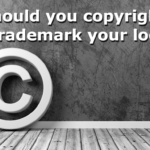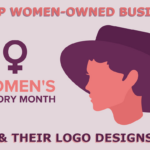Before diving into logos, let’s clarify: your logo and website aren’t your entire brand.
Your brand is the feeling your business evokes – the experience, perception, and reputation people have of you. It’s the “why” behind what you do. Branding is the strategy you use to build that feeling. And your brand identity? That’s the tangible stuff that brings your brand to life. Your logo, colors, fonts, and more.
So, why should you still care about your logo? Simple: it’s your visual handshake.
Think about it. Your logo is plastered everywhere: your website, business card, social media, even your products! If you’ve picked up your logo from Free Logo Services, you can also have it on your t-shirts, pens, cups, or custom banners, among many other products!
It’s one of the first things potential customers see, and it’s your chance to make a lasting first impression.
Here, we’ll check out why your business needs a good logo.
- Why Your Brand Needs a Powerful Logo Design
- Making A Custom Logo Design (With Logo Design Inspiration and Tips)
- Understand the Brand’s Personality
- Select a Color Palette That Works

Why Your Brand Needs a Powerful Logo Design
In today’s crowded marketplace, a strong first impression is everything. Your logo is the silent ambassador that speaks volumes about your brand before a word is ever exchanged.
Think of it as a handshake in the digital age. A well-designed logo builds trust and instantly conveys professionalism. It’s a visual promise that you take your business seriously and deliver exceptional results.
Imagine your ideal client. A great logo speaks directly to them, communicating your unique value proposition in a clear and concise way. It tells them who you are, what you do, and most importantly, why they should care.
First impressions matter. Let’s face it: people make snap judgments. A sloppy, generic logo can raise doubts in potential customers’ minds. They might wonder, “If they don’t care about their logo, do they care about quality?“
Your logo is the cornerstone of your brand identity. It’s the image that will appear on everything from your website to your business cards and packaging. A strong logo fosters positive associations and builds brand loyalty.
Think Nike. The swoosh is more than just a symbol. It evokes emotions and memories connected to Nike’s powerful vision of empowering athletes. Your logo can achieve the same impact. Over consistent marketing efforts, it will become synonymous with your brand’s values and fuel your business growth.
Don’t underestimate the power of a great logo. It’s an investment in your future success, attracting new customers and building lasting brand loyalty.
Making A Custom Logo Design (With Logo Design Inspiration and Tips)
So you’re ready to unveil your brand to the world with a custom logo design that packs a punch.
But where do you begin? This section will navigate you through the world of logo creation, helping you find the perfect fit for your business.
DIY vs. Pro: Weighing Your Options
Two main paths to consider: venturing into the world of logo maker tools such as Free Logo Services or partnering with a professional designer. Logo makers offer a budget-friendly option, allowing you to experiment with designs and save you plenty of money in the long run.
Working With Professionals
Working with a professional logo designer does have a wealth of benefits for an added cost. You can come up with memorable logos; however, this will cost you money, and perhaps you’ll have to shell out more money for the same results.
They’ll guide you through the process, understanding your vision and translating it into a visually stunning logo. This collaborative approach ensures your logo reflects your brand identity perfectly.
But remember, Free Logo Services offers affordable options to place your timeless logo design elements on various items such as caps, t-shirts, pens, and business cards.

Understand the Brand’s Personality
Whether you choose to work with Free Logo Services, on your own, or via a graphic designer, one thing is certain: Understanding the brand identity, values, and target audience is key to creating the perfect logo.
For a new company that makes custom sneakers, it’s better to use bold fonts and simple design elements that promote your brand personality. Unnecessary elements will bog down your logo design, so keeping it simple and with select visual elements are perhaps the best logo design tips around.
Select a Color Palette That Works
Selecting a color palette is a crucial aspect of logo design, as colors evoke emotions, convey messages, and contribute to brand recognition. Not only that, but you can also use multiple color combinations in vector file format so you can choose which works best for your products, your website, and promotional material.
But first, here’s how to choose a color palette that works:
- Research Color Psychology: Familiarize yourself with color psychology to understand the emotions and associations commonly linked with different colors. For instance, blue often signifies trustworthiness and professionalism, green symbolizes growth and harmony, and yellow represents optimism and warmth. Use this knowledge to select colors that resonate with the brand’s message.
- Limit the Palette: While it may be tempting to use a wide range of colors, limiting the palette to a few cohesive hues is best. Too many colors can overwhelm the viewer and dilute the logo’s impact. Aim for a harmonious combination of primary and secondary colors that complement each other and create visual balance.
- Consider Contrast and Accessibility: Ensure that the colors chosen provide sufficient contrast for readability and accessibility, especially for individuals with color vision deficiencies. High contrast between text and background colors improves legibility while adhering to accessibility standards ensures inclusivity and usability.
- Test in Different Contexts: Test the color palette in various contexts, including digital and print media, to ensure consistency and effectiveness across different platforms. Colors may appear differently on screens versus in print, so it’s essential to assess how the palette translates across different mediums.
- Stay Timeless Yet Relevant: While it’s essential to choose colors that feel contemporary and relevant, aim for a timeless color palette that won’t become outdated quickly. Avoid overly trendy color schemes that may lose relevance over time, and opt for classic combinations that withstand changing design trends.
- Seek Inspiration: Draw inspiration from various sources, including nature, art, fashion, and design trends. Look for color palettes that resonate with the brand’s aesthetic and ethos but also strive to create a unique combination that sets the logo apart from competitors.
- Get Feedback: Seek feedback from stakeholders, design professionals, or target audience members to gauge their reactions to the color palette. Based on the feedback received, adjustments may be necessary, so remain open to refining the palette to better align with the brand’s objectives.
Conclusion: Beyond the Logo: Building a Brand
Building a brand extends far beyond just creating a logo.
While a good logo is essential, it’s just the beginning of establishing a brand’s identity. Think of a logo as the face of your brand. It’s what people see first and remember most easily.
But to truly build a brand, you must delve deeper into expressing your brand’s personality, values, and identity through various elements.
A logo is like a seed from which your brand grows. It’s the foundation upon which you build the entire brand experience. A good logo should encapsulate your brand’s personality and values in a timeless design. But beyond the logo, many other elements contribute to building a strong brand.
Graphic designers are crucial in translating your brand identity into visual elements that resonate with your target audience. They expand your logo ideas into cohesive branding elements, such as color palettes, fonts, imagery, and design elements. These elements work together to create a coherent brand identity that leaves a lasting impression on your audience.
Consider iconic designs like the Apple logo, which is a perfect example of a great logo. It’s simple, memorable, and instantly recognizable. However, Apple’s branding encompasses everything from its product design to its marketing materials to its retail stores.
When creating a brand, it’s important to consider the preferences and expectations of your target audience. Your branding should speak directly to them, resonating with their values and aspirations. This means understanding their needs, desires, and pain points and creating branding elements that address them.
In practical terms, this might mean using different colors, fonts, and design elements to appeal to different segments of your target audience.
For example, if your brand targets young, tech-savvy consumers, you might use bold colors and modern fonts to convey a sense of innovation and excitement. If your brand targets older, more traditional consumers, you might use softer colors and classic fonts to convey a sense of trust and reliability.
Once you have created your branding elements, it’s important to use them consistently across all touchpoints, from your website and social media channels to your packaging and advertising materials.
Consistency is key to building brand recognition and trust. It helps reinforce your brand’s identity and makes it easier for customers to recognize and remember you.

